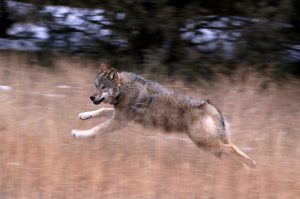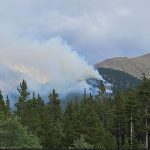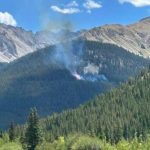New COVID variant presence unknown in Pitkin County as cases rise
The variant, known as ‘razor throat,’ is confirmed to be a competitive strain and present in Colorado

Kelsey Brunner/The Aspen Times archives
It is unknown whether the newest COVID-19 variant NB.1.8.1, also known by the nickname “razor throat” for one of its defining symptoms, is present in Pitkin County as local summer cases increase.
After Colorado confirmed the presence of this variant in the state at the end of last month, Pitkin County Public Health is attempting to track it amid a decline in COVID sample submissions and reduction of COVID-19 funding nationwide.
“We know that this is a very competitive covid variant,” said Pitkin County Epidemiology Program Administrator Carly Senst, meaning it “evolved for immune evasion.”
The NB.1.8.1 variant was first identified at the beginning of this year in Asia and then Europe. It has so far been detected in at least 15 U.S. states with a noted high growth rate, meaning it spreads faster and is increasing its prevalence more rapidly than other variants. The World Health Organization has identified it as a “variant of concern.”
But despite its higher transmission rate and associated severe sore throat pain, Senst said that genetic breakdowns of this variant in lab studies show there are no indications of higher severity or hospitalizations.
Jennifer Slaughter, chief growth and marketing officer and community relations for Aspen Valley Health, confirmed this.
“Pitkin County has seen an uptick in the number of COVID cases in general this summer, but this has not translated into hospitalized patients or severe illness at Aspen Valley Health,” Slaughter said.
Still, Senst remains vigilant since COVID-19 variants always have the potential to change.
“COVID will always have the capacity to throw curveballs at us,” she said. “It is a super mutagenic virus.”
This new variant comes at a time when Pitkin County is on the cusp of seeing a notable increase in COVID-19 presence, something she said was anticipated this summer due to tourism. The Colorado Department of Public Health and Environment wastewater surveillance data shows Pitkin County is currently experiencing a “steady increase” of cases that she said is likely to continue for at least the next couple of months.
“We truly are only touching on that beginning of that,” she said.
Because Pitkin County is considered a “small” county, individual case counts for many reportable conditions, not just COVID, are not publicly released in order to protect the privacy of individual community members, according to Senst.
“The only time there is an exception to this is if there is a public health threat, like during the pandemic, or currently, like with the measles,” she said.
The best prevention methods continue to be staying up-to-date on COVID-19 vaccinations — while the current vaccine is not specifically formulated for this incoming variant, she confirmed it is still effective — staying home if sick, washing hands frequently, and masking up with a surgical grade mask when symptomatic or if in a higher risk category and frequenting a crowded indoor space.
Yet despite the increase in cases, she said the level of concern in Pitkin County has not yet increased among public health officials.
“COVID-19 continues to be at a very similar threat level as last year especially,” Senst said. “But we will continue to watch COVID for that pandemic potential. It will never be just like the flu. COVID-19 continues to cause more severe illness and continues to lead the charge in terms of deaths.”









